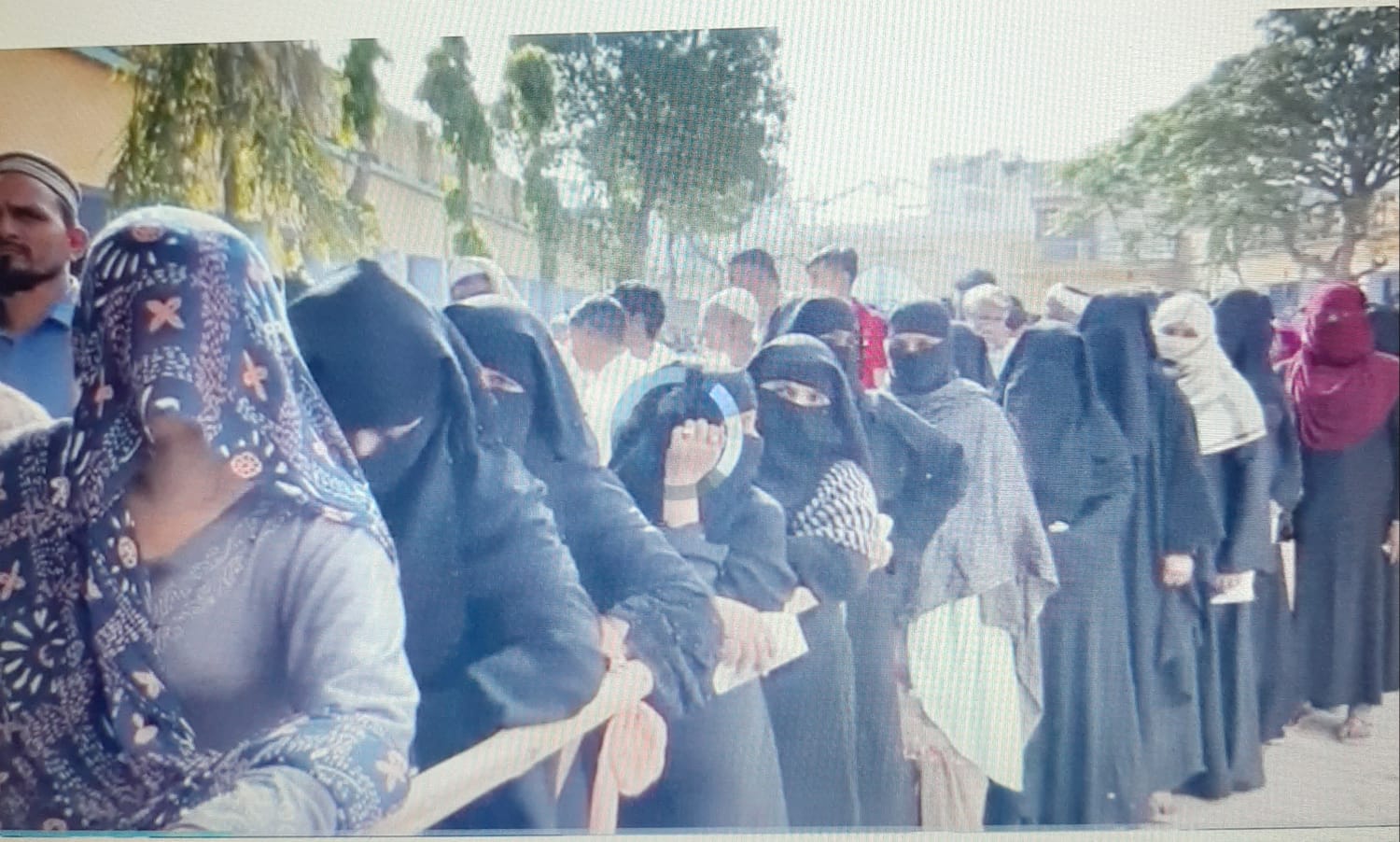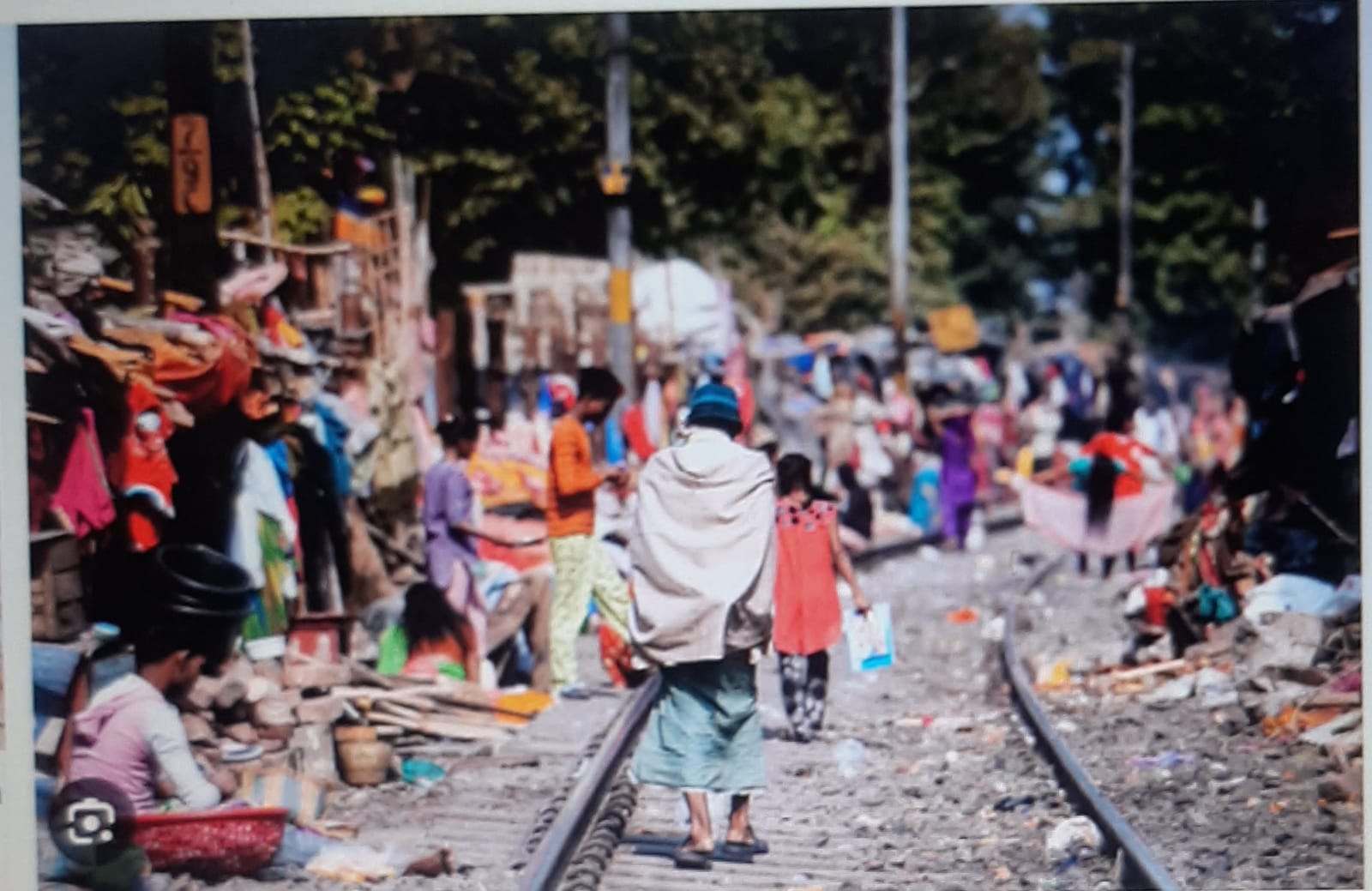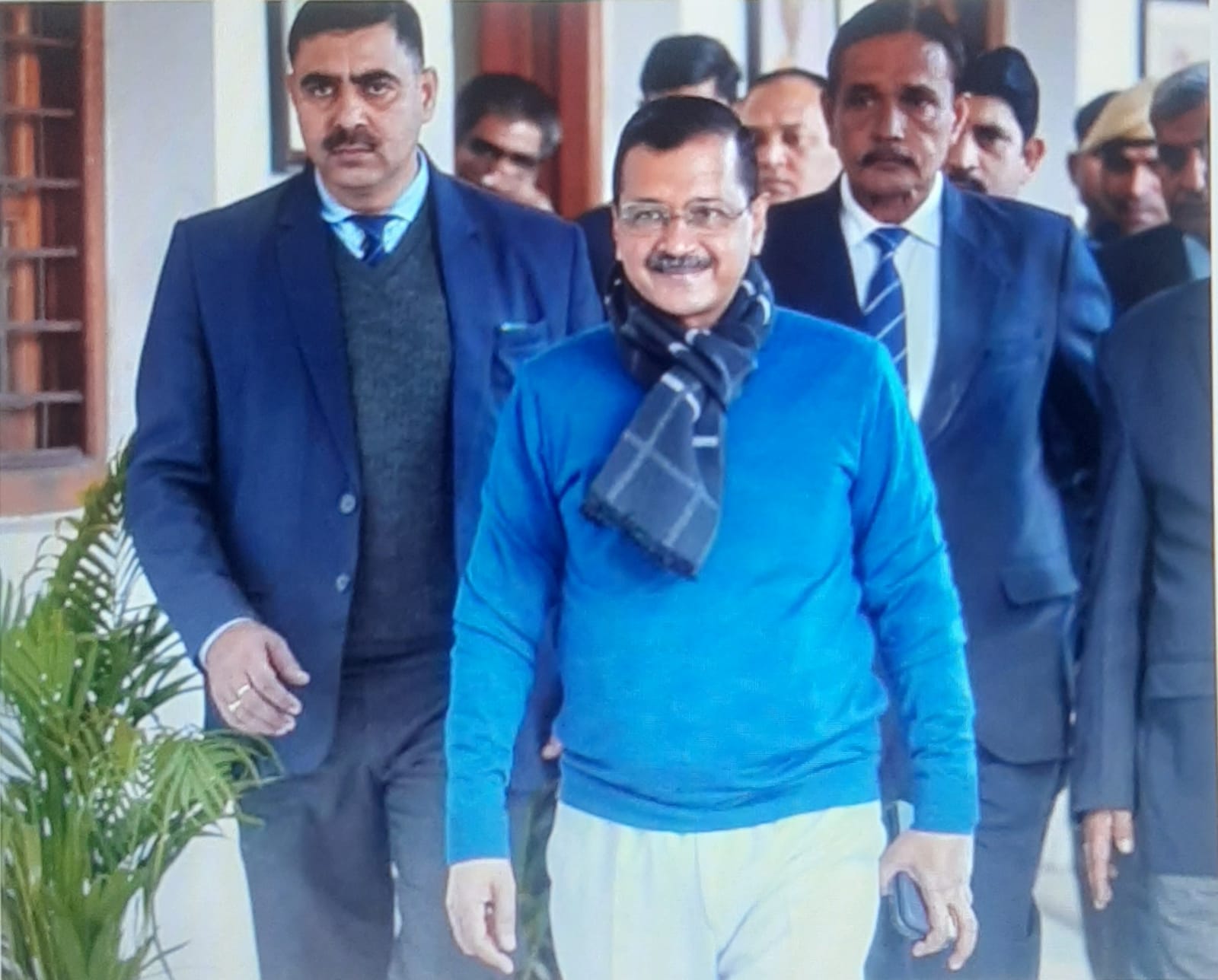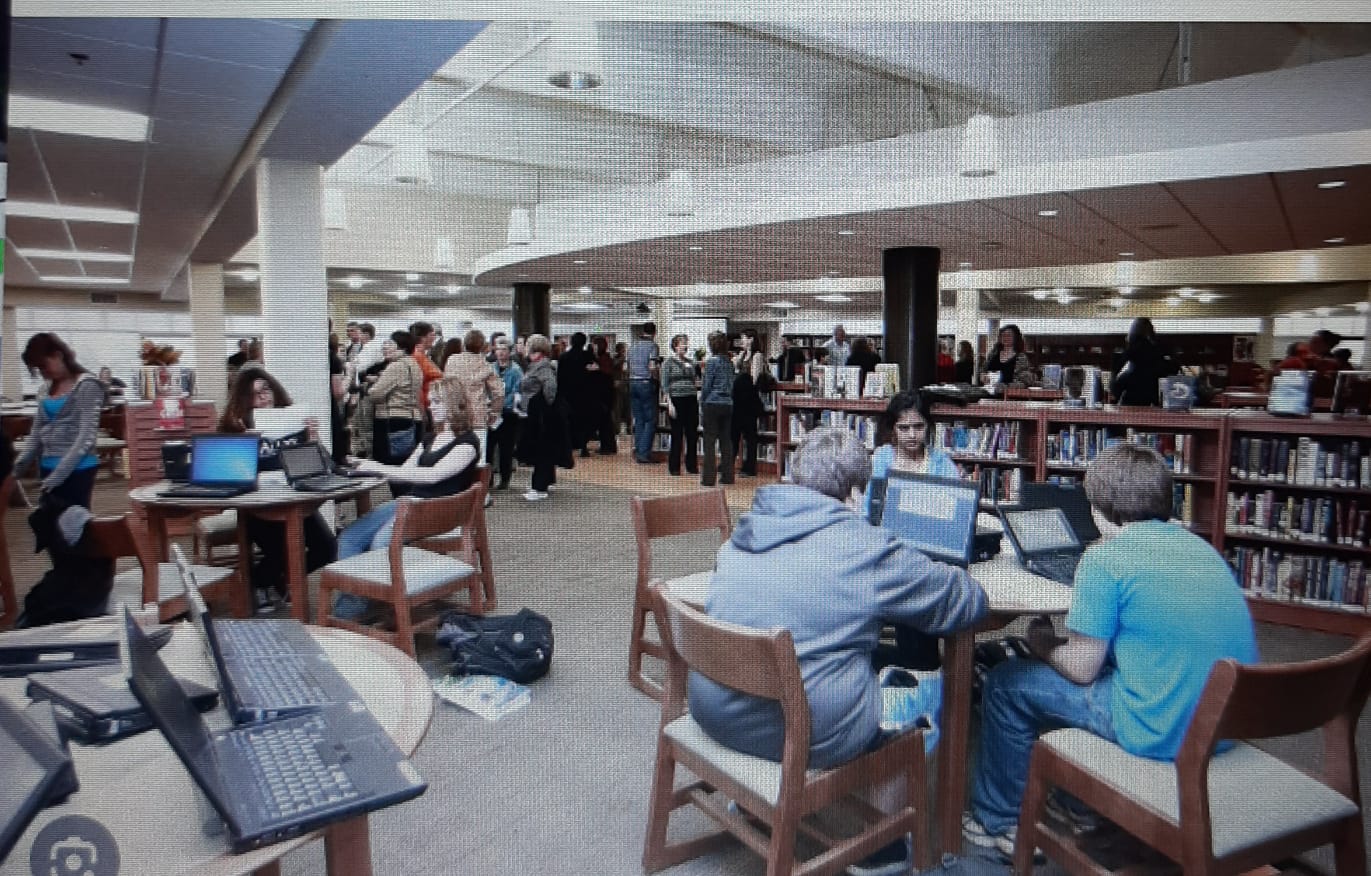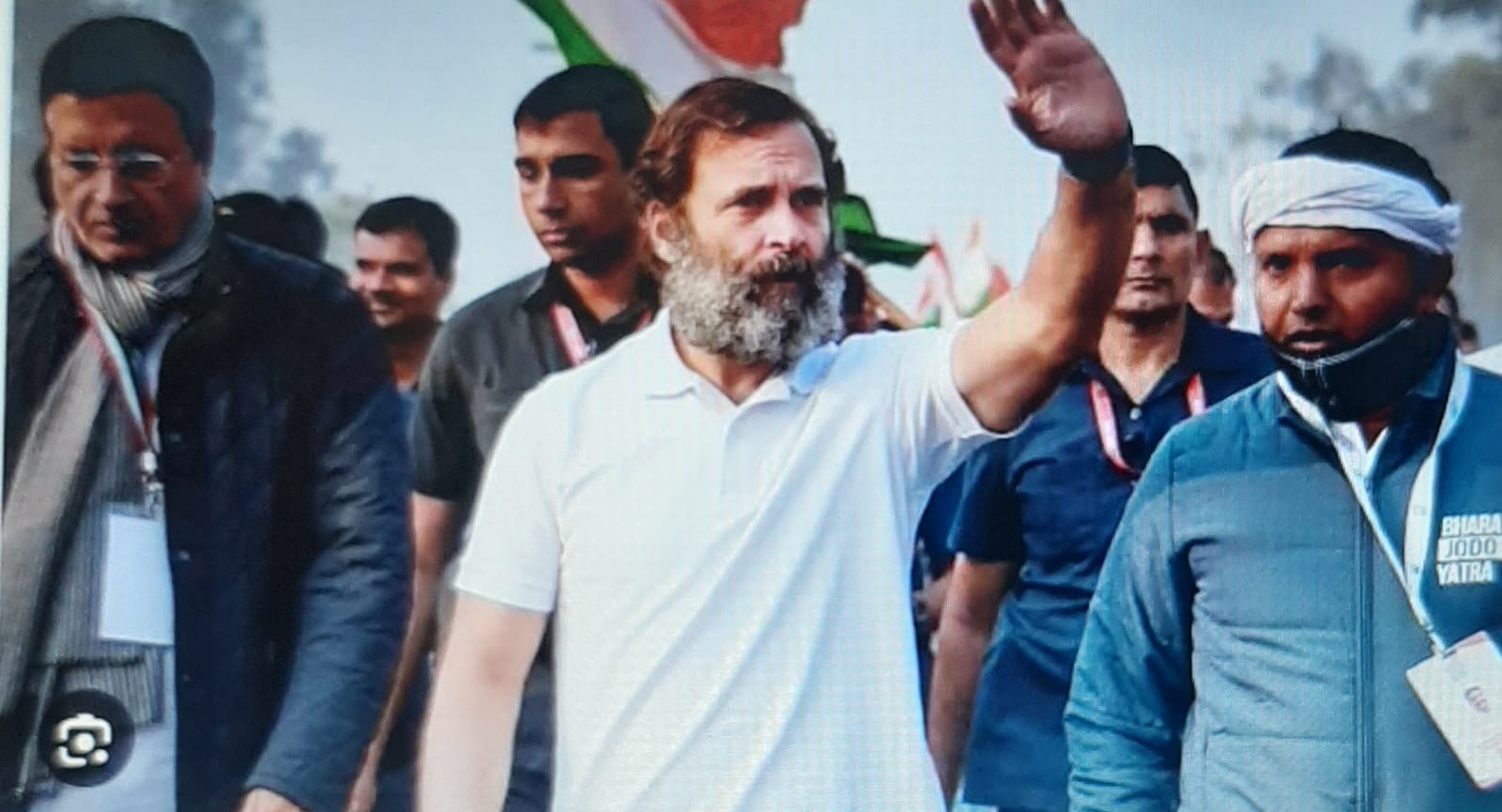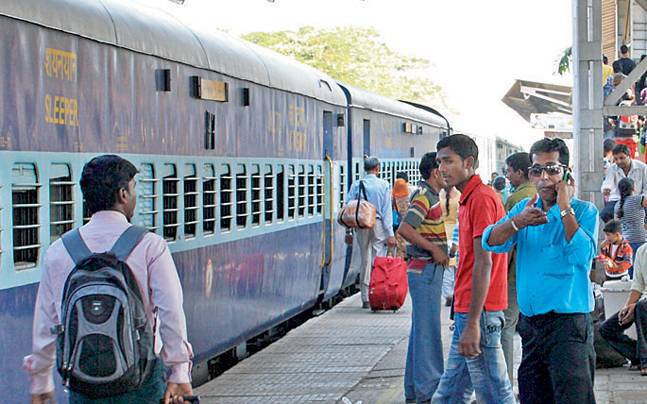
New Delhi, May 12 (DN&V): Train travel resumes today with the Ministry of Home Affairs (MHA) issuing the relevant guidelines. This has also fuelled hopes that air travel may resume soon. So what can passengers expect?
To begin with, there’ll be only 15 pairs of trains that will start plying, with just AC classes — bookings allowed up to 7 days in advance, with no Reservation Against Cancellation (RAC) or waitlisted tickets. Only passengers with confirmed e-tickets will be allowed entry into railway stations, provided they do not show symptoms of any influenza like illness (ILI). Hand sanitisers will be issued at both entry and exit, as well as coaches and wearing of face masks will be compulsory. The major change, however, will be the reporting time for boarding a train — passengers will be required to reach at least 90 minutes before the scheduled departure time, according to Indian Railways. Additionally, necessary social distancing, of minimum 6 feet, will need to be maintained during boarding and travel. This means not just long queues but also possibly fewer passengers per coach.
Have no airs: Civil aviation minister Hardeep Singh Puri indicated to Outlook magazine last week that domestic air travel could start before May 15. However, he told CNBC-TV18 that keeping the middle seat in the aircraft vacant will not be a feasible option for airlines — making it all the more challenging to maintain the requisite social distancing norms. Certain airlines like Air Vistara have already issued guidelines for reducing contact between their crew and passengers by up to 80% — such as no in-flight meal service for economy and premium economy passengers, no in-flight reading material, thermal screening of crew before and after departure, among other measures.
Ground reality: Delhi’s Indira Gandhi International Airport, which is the country’s busiest — handling close to 7 crore passengers annually — said on Monday that it will use ultra-violet (UV) rays to disinfect all surfaces, through mobile towers, handheld torches and baggage tunnels. It will also be placing shoe-sanitiser mats that will be soaked with a chemical to disinfect passengers’ shoes. The Central Industrial Security Force (CISF), which is responsible for the security of airports in India, has proposed, among other things, a sit and wait policy for the security clearance wherein a passenger will be called for a security check, rather than queueing up — the security check itself being conducted without any physical touch. The CISF expects a delay of 5 to 7 minutes per passenger, which means reaching the airport more than a few hours ahead of the scheduled departure time. Moreover, passengers, who have to necessarily wear face masks and gloves, will be allowed entry only after thermal screening — after possibly passing through sanitisation tunnels at entry points, which will also be mandatory for crew and airport staff.


